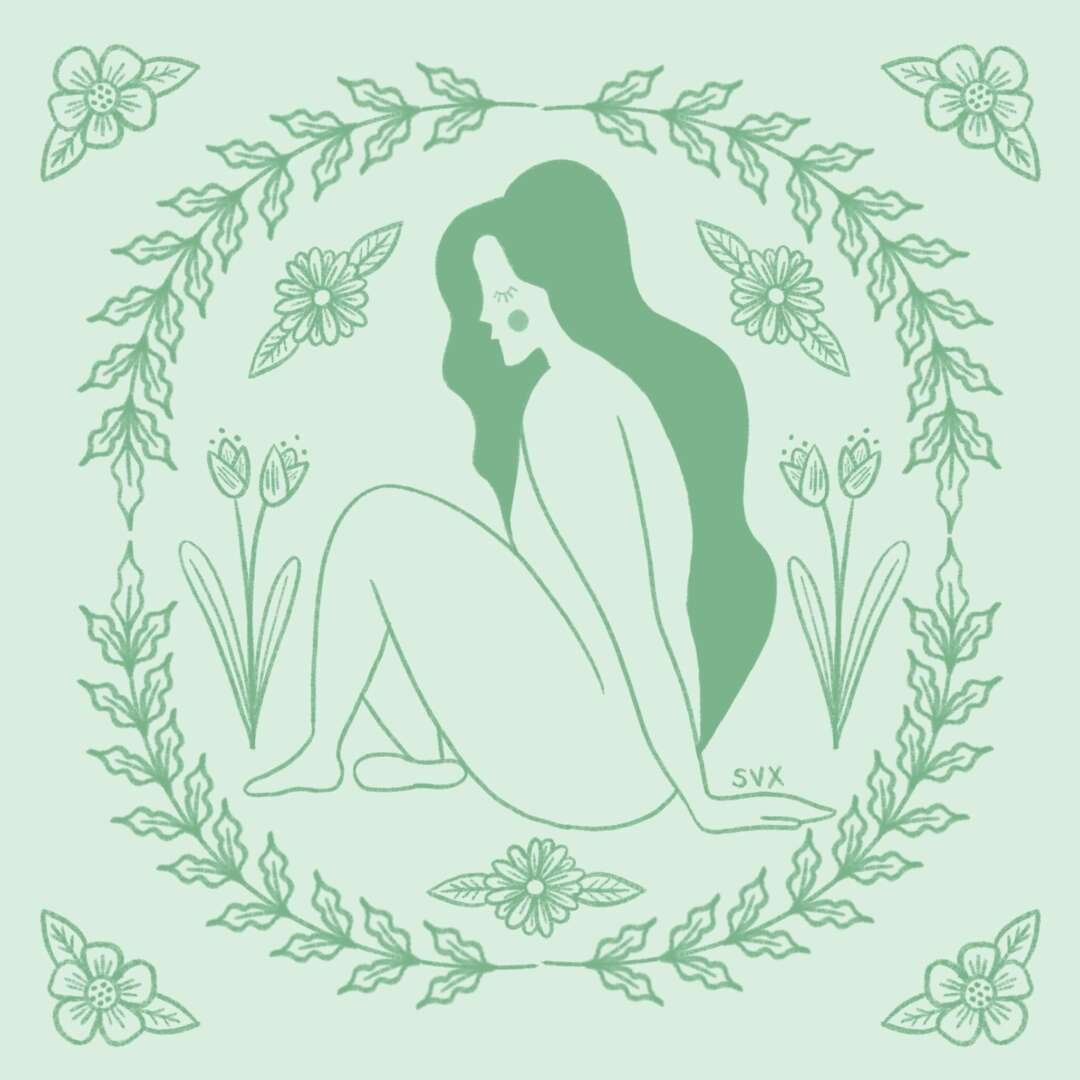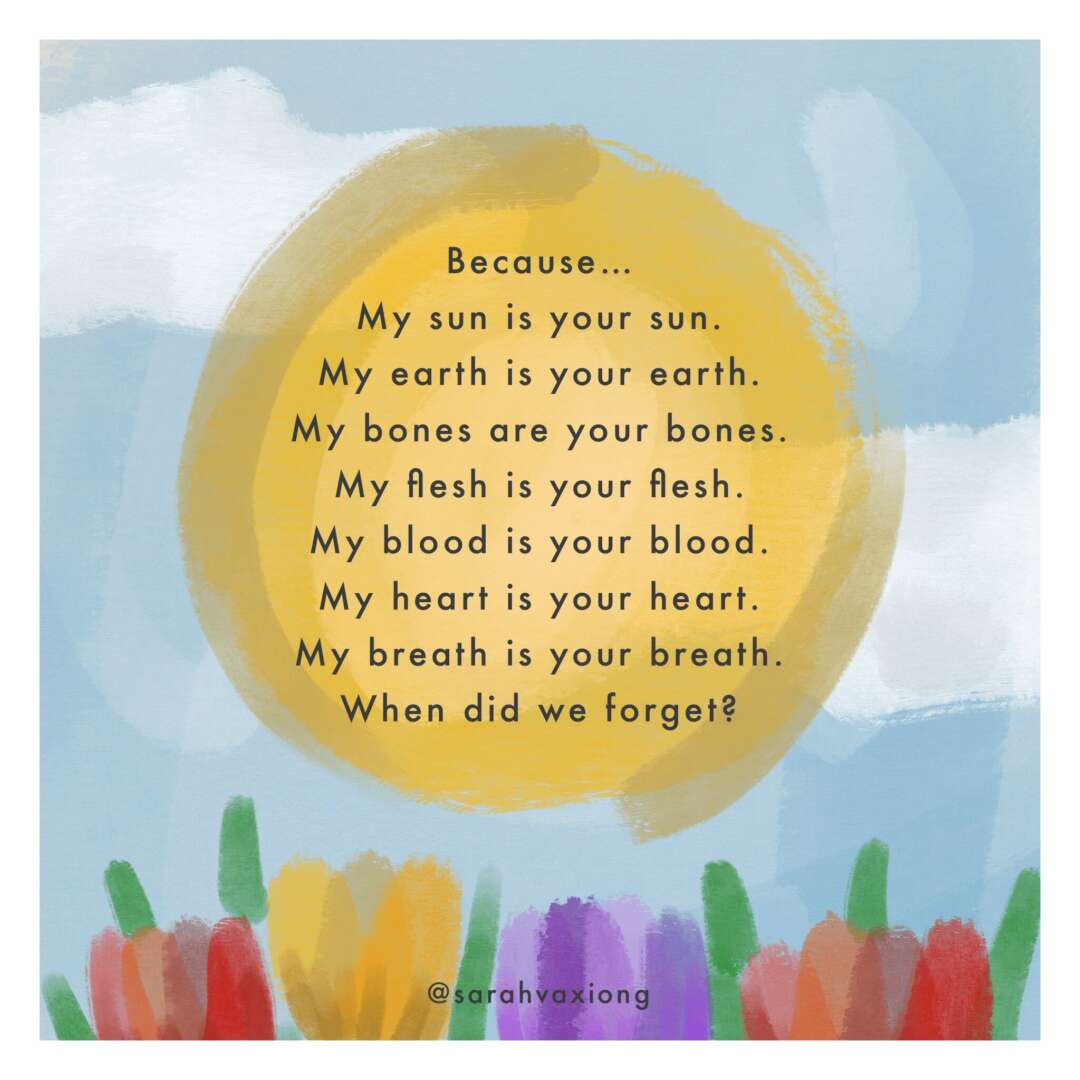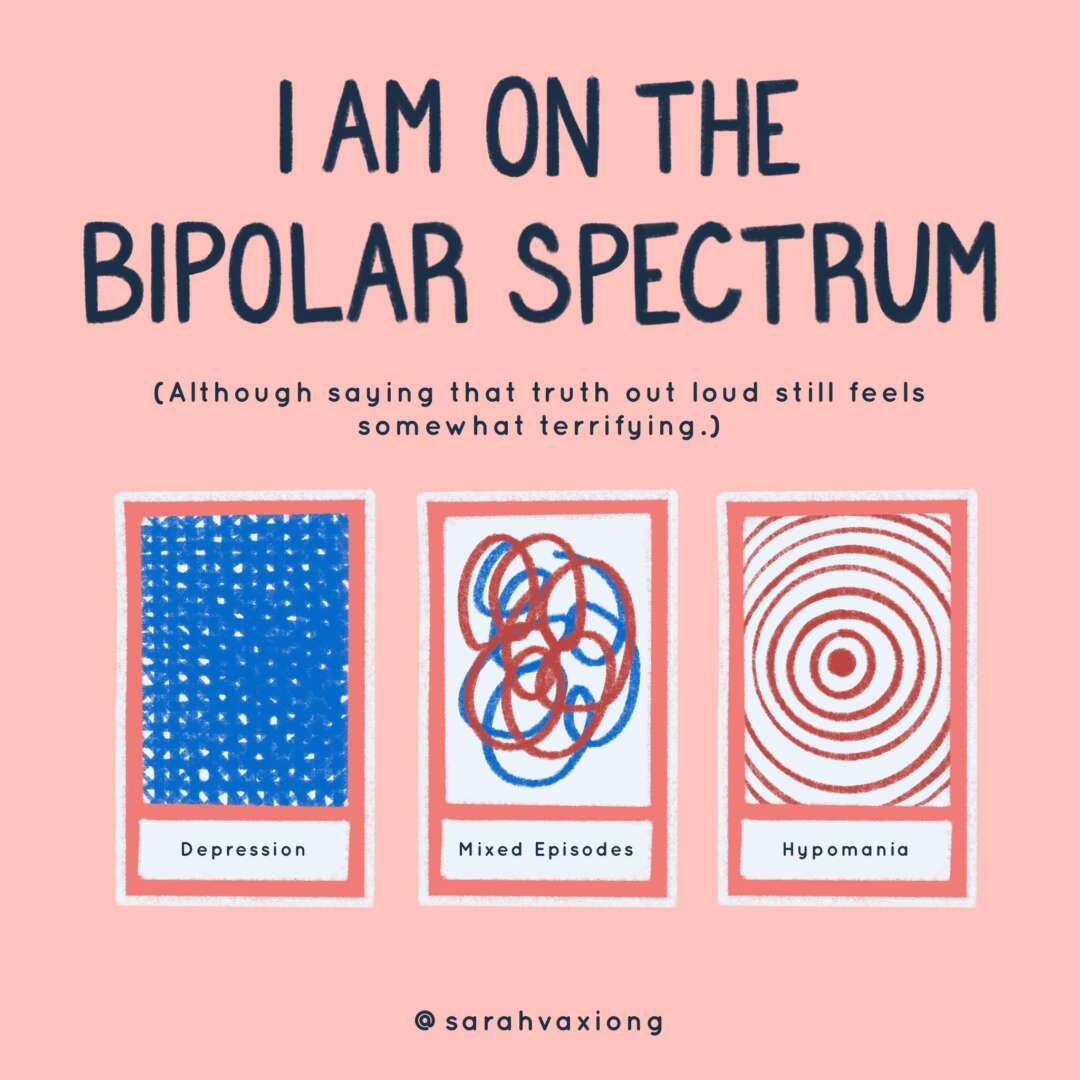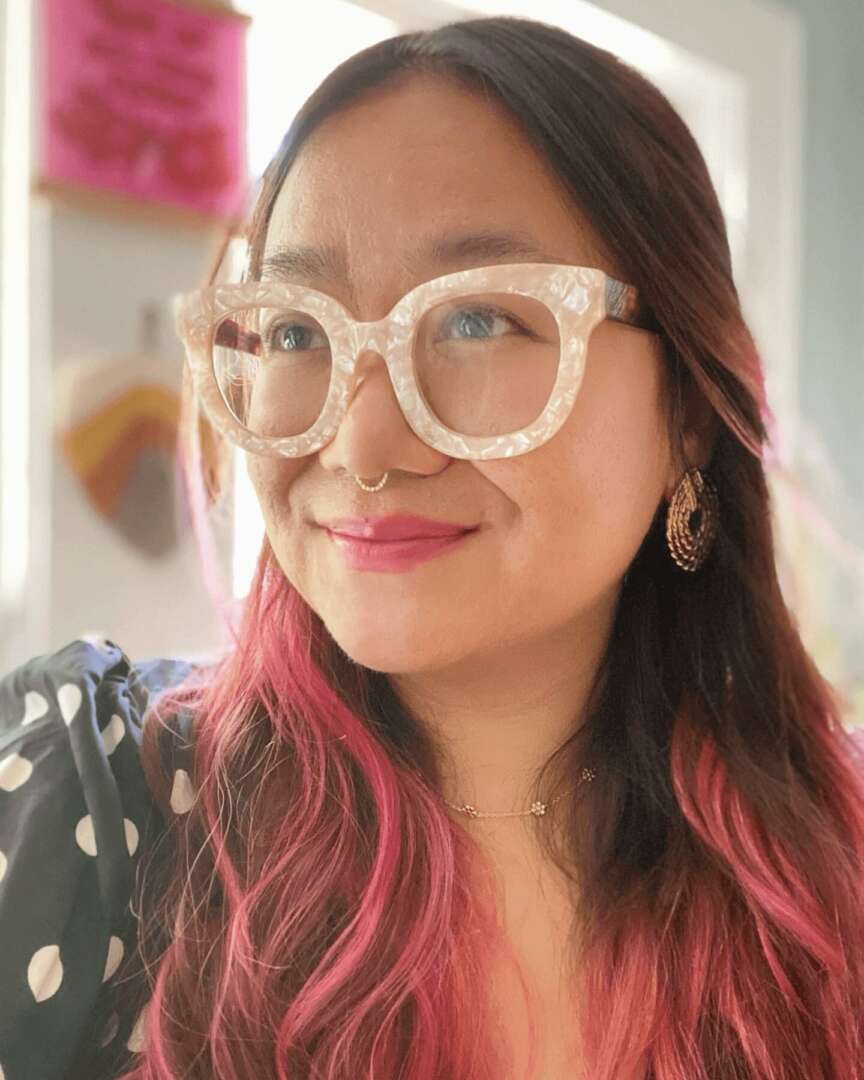We were lucky to catch up with Sarah Va Xiong recently and have shared our conversation below.
Sarah Va, looking forward to hearing all of your stories today. Can you talk to us about a project that’s meant a lot to you?
I’ve been really fortunate to have been able to work on some really amazing projects, many of them focused on telling someone else’s story for them. I’ve felt really lucky to have had others trust me enough to tell their stories, and this is one of my favorite parts about doing creative work. However, I would say that the most meaningful project I’ve worked on so far is the book that I just published. I’ve worked on it for the past two years, and it is a culmination of all my years of trying to hone my own creative voice and artistic style. I still love being able to tell others’ stories, but now I have finally allowed my own voice to take up space, and I feel really proud of that.
I’ve had the idea of creating a children’s book for adults for a while. Children’s books are wonderful not only for their beautiful illustrations, but also for the lessons imbued in their pages. I wanted to keep that same spirit in my book, but gear it towards adults, because adults also need to be reminded of the lessons that we are deserving of love, gentleness, and kindness. The book is a compilation of some my illustrated prose and poetry that I’ve worked on and compiled for the past two years. In it are some of the lessons I’ve learned through my own struggles with mental health, being resilient, and finding empowerment.
I hope that by sharing my story, I can help others, too.

Great, appreciate you sharing that with us. Before we ask you to share more of your insights, can you take a moment to introduce yourself and how you got to where you are today to our readers.
My name is Sarah Va Xiong and I am a Hmong-American artist, illustrator and multidisciplinary designer. Va is not actually my middle name, but a nickname I’ve had since I can remember, and what my grandparents used to call me because they couldn’t pronounce my English name.
I create illustrated prose and poetry that I’ve written, as well as digital prints and illustrations. My work often explores individual and collective healing through vulnerable expression that aims to remind us that we are never truly alone in our experiences. Themes that my work explore include overcoming mental health struggles, being kind and compassionate to self and others, and giving ourselves and others grace and patience as we all navigate through the murkiness of life.
I would say that my creative career can be divided into two worlds, the work I do at my day job, and the work I do as an artist and illustrator. I have always been in some type of creative work. I’ve been in graphic design, web design, brand and logo design, user interface design, and user experience design. It has only been recently that I have put more focus on my work as an artist and illustrator, even though I’ve created art and illustrations my whole life. I think it took me so long because I needed to hone my own voice and go through various life experiences, which have allowed me to be more vulnerable and authentic in my work as an artist and illustrator.
Since focusing on my art and illustrative work, I’ve been published in a book, have had a book published, have worked on branding elements with various small businesses, and have had the pleasure of collaborating with and working on creative collateral for nonprofits and organizations that are doing meaningful community work.
Maybe one day I’ll figure out how to meld my two creative careers into one.

Let’s talk about resilience next – do you have a story you can share with us?
In early 2023, I experienced my first manic episode with psychosis. I spent a little over a week in a psychiatric hospital. Half of the time there, I was mentally incoherent, and the other half I spent trying to decipher through the pieces of my actual reality, and the delusions of my psychosis. For me, psychosis is such an out of body experience. The connection between my mind and my body feel as though they have been completely disconnected. And how do you trust yourself or others after experiencing the trauma caused by your own mind? It took several months for me to trust my mind again. It took me the rest of 2023 and into the beginning of 2024 for me to feel connected with and safe inside of my body again.
I can’t say that I have been able to do this alone. I’ve had help and support from family, friends, neighbors, and coworkers. I have a solid web of support and I know I am in a really lucky position. Not everyone has that type of support system, which I think is such an vital part of recovery. Going to therapy, being on a good medication regimen, and staying consistent with it have all been really helpful for me. I’ve also learned how to advocate for myself with my doctors and healthcare professionals because of this experience. I wake up with so much gratitude every day for all of the love and blessings I have in my life.
I’ve also shifted my relationship with my psychotic episode. When I got out of the hospital, I felt like such a victim to my circumstances. Why did this happen to me? What caused this? Will it happen again? Can I prevent it from happening again? All of these questions plagued me constantly until finally, I realized that, to overcome something, it’s not about the thing itself that happened to you, but how you choose to move on from those experiences and utilize the struggles you’ve overcome to help others.
That psychotic/manic episode has changed my life and the trajectory of it. As difficult as it has been trying to recover from it, I have gratitude as well. I’ve used that experience as fuel for my art to inspire others and help them not feel so alone in their own experiences. I think by telling my story, I have also inadvertently given voice to others. My work more deeply resonates and connects. I am also back in school so that I can more closely work within the mental health space. And by talking more openly about this experience, I feel less shame around it, and I hope others can start having these same vulnerable but necessary conversations so that there is less shame around mental health and getting help in general.

What’s the most rewarding aspect of being a creative in your experience?
My favorite part about being an artist/creative is the connections I make through my work. My main focus for creating art has always been for healing – healing for myself and healing for others. I truly believe the connections we make and the support we have is such a vital part of recovery. The ability to provide a sense of connection and support for someone else is truly the most rewarding thing for me. I am always so inspired by someone’s courage to reach out and say, “Hey, I am going through this thing right now, and the piece you just made makes me feel this way and like I’m not alone.” As an artist, that is the best compliment I can ever receive. It’s what keeps me going when things are tough. It’s what gives me purpose to keep doing this and to continue being vulnerable in my work.
Contact Info:
- Website: https://www.sarahvaxiong.com/
- Instagram: https://www.instagram.com/sarahvaxiong/
- Other: Imperfect Lessons Book: https://www.blurb.com/b/12032864-imperfect-lessonsEmail: [email protected]






